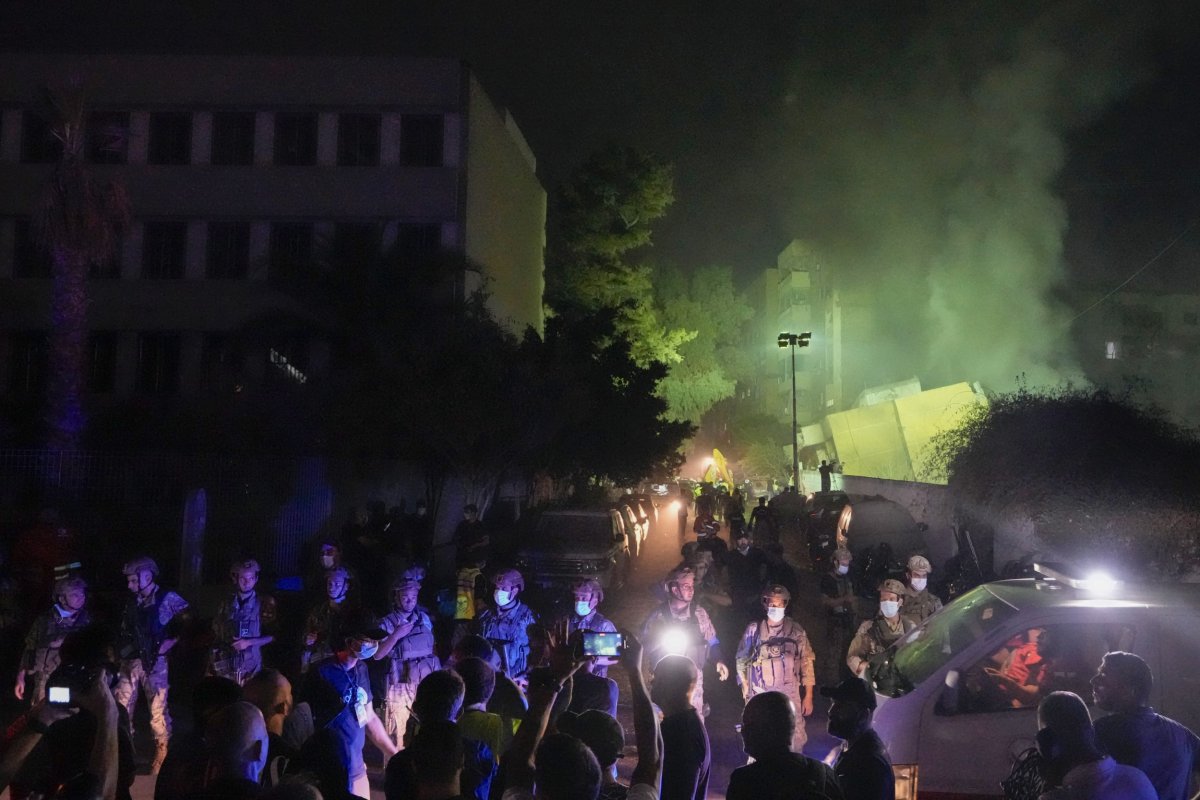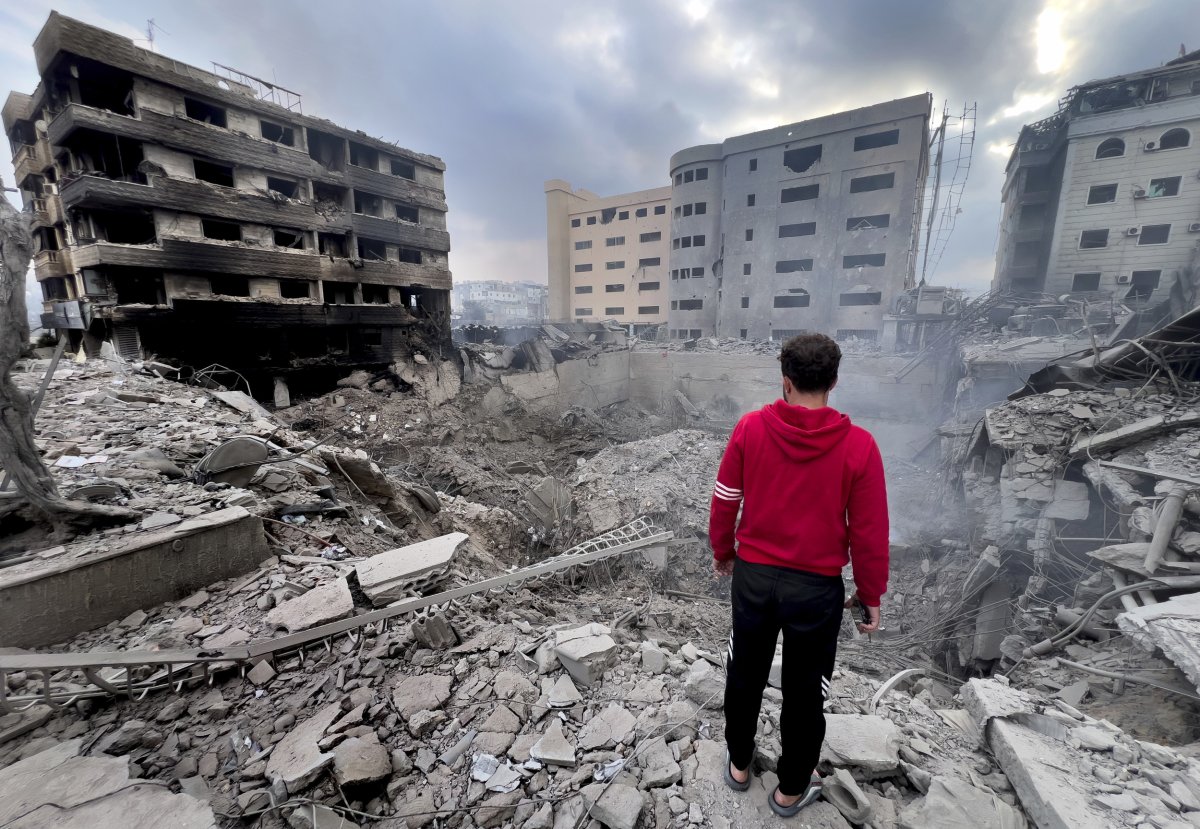Israel’s ground invasion of southern Lebanon continues into its second week, while Hezbollah has fired hundreds of rockets deep into Israeli territory.
More than 1,400 people have been killed in Lebanon, mostly due to airstrikes, and over a million have been displaced since the conflict escalated in mid-September.
Since the ground operation began, at least 15 Israeli soldiers and two civilians have died, while more than 60,000 people have been displaced from Israeli towns near the border.
Israel’s Ground Invasion
The Israeli military launched its “limited, localized and targeted ground raids” in southern Lebanon on Oct. 1, stating that its objective is to destroy Hezbollah infrastructure along the border and facilitate the return of displaced Israeli residents.

Israeli soldiers work on tanks in a staging area in northern Israel near the Israel-Lebanon border, on Oct. 1, 2024. At least 15 Israeli soldiers have been killed since the ground operation began two weeks ago.
Baz Ratner/AP Photo
Thousands of Israeli troops are operating along the 100-kilometer-long border, targeting Hezbollah’s launchpads and infrastructure. The goal is not to eliminate Hezbollah entirely but to reduce the immediate threat of short-range rockets and prevent Hezbollah from conducting a large-scale attack on Israel.
The military shared videos of underground tunnels used by Hezbollah to store weapons and stage attacks. These tunnels, some extending into Israeli territory, are a major focus of Israel’s efforts. However, military experts caution that this operation may last indefinitely, and holding ground would require additional heavy equipment like tanks.
Diplomatic efforts could influence the duration of Israel’s presence in Lebanon, though the conflict risks turning into a longer occupation similar to Israel’s 1982 invasion of Lebanon.
Hezbollah’s Tactics
Hezbollah officials have acknowledged Israel’s superior air force and intelligence capabilities but maintain that their forces have the upper hand in direct confrontations on Lebanese terrain.
Hezbollah’s elite Radwan Forces have been engaging Israeli troops through ambushes, explosives, and rocket fire. Though Hezbollah has lost many commanders in recent weeks, militants have continued their attacks, firing rockets deep into Israel, including toward the city of Haifa.

Lebanese soldiers secure the area at the site of an Israeli airstrike in Beirut’s southern suburbs on Sept. 27, 2024. More than 1,400 people have been killed in Lebanon and over a million displaced since the fighting intensified in mid-September.
Bilal Hussein/AP Photo
Lebanese military analysts believe Israel is still in a reconnaissance phase before launching a major attack, while Hezbollah appears to be well-prepared with tunnels, weapons caches, and strategic positions in southern Lebanon.
Comparisons to 2006
The current fighting bears resemblance to the 2006 war between Israel and Hezbollah, which lasted 34 days and ended with a U.N.-brokered ceasefire under Resolution 1701.
Israeli leaders now call for Lebanon to fully implement this resolution, while Hezbollah insists it will cease rocket fire only if there is a Gaza ceasefire.
In September, Israel killed Hezbollah leader Hassan Nasrallah in a precision bombing, which mirrored tactics from the 2006 conflict, though Israeli troops have so far limited their movements in Lebanon to border areas.

A man looks at destroyed buildings hit by Israeli airstrikes in Dahiyeh, Beirut, Lebanon, Monday, Oct. 7, 2024. Israel and Hezbollah last went to war in 2006, a 34-day conflict that ended with the United Nations Resolution 1701.
Hussein Malla/AP Photo
Diplomatic Possibilities
While Hezbollah’s acting leader has expressed openness to a ceasefire, many experts believe that a long-term diplomatic solution would be required to ensure lasting peace in the region.
Some Israeli officials, argue that diplomacy, rather than extended military operations, is the best way to end the violence. However, with both sides entrenched, the prospect of a diplomatic solution remains uncertain. International pressure for a ceasefire is growing as the humanitarian toll mounts.
This article includes reporting from The Associated Press







